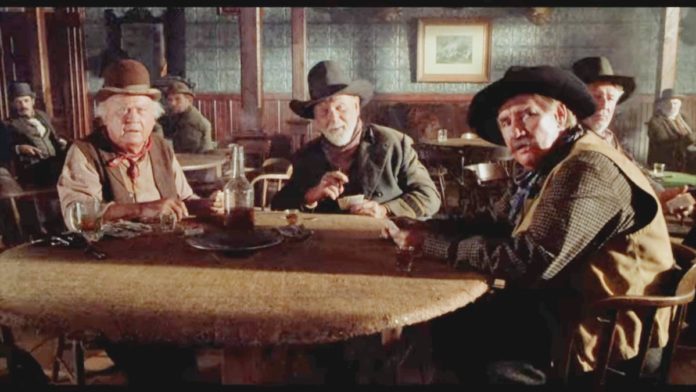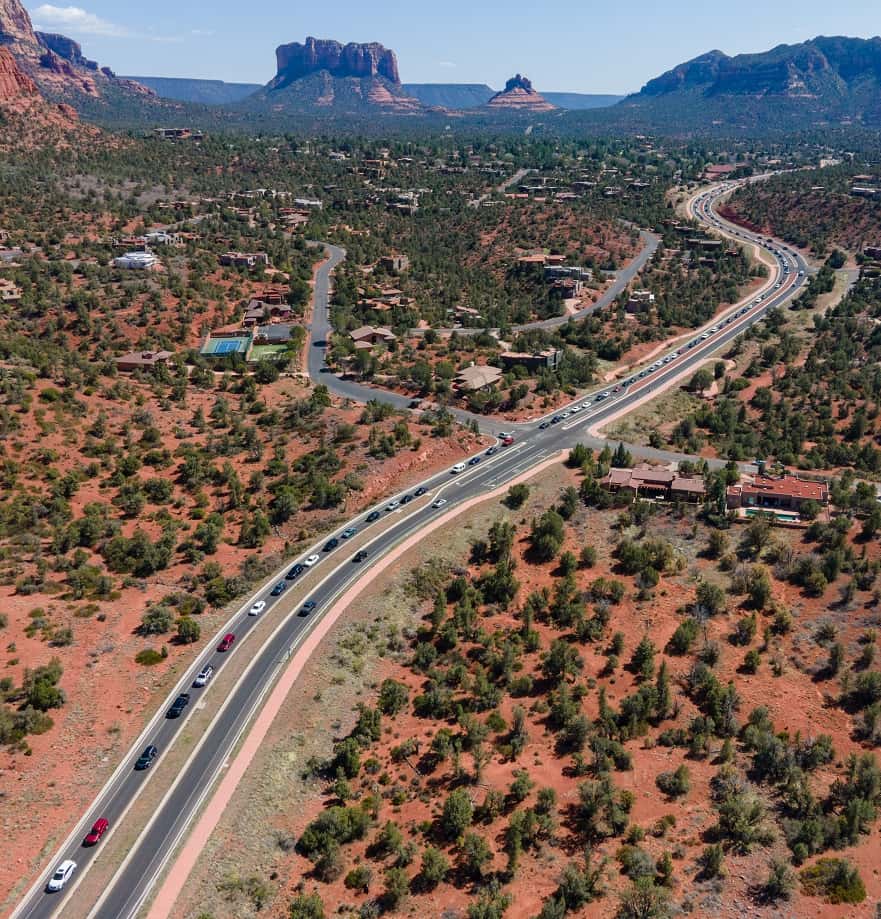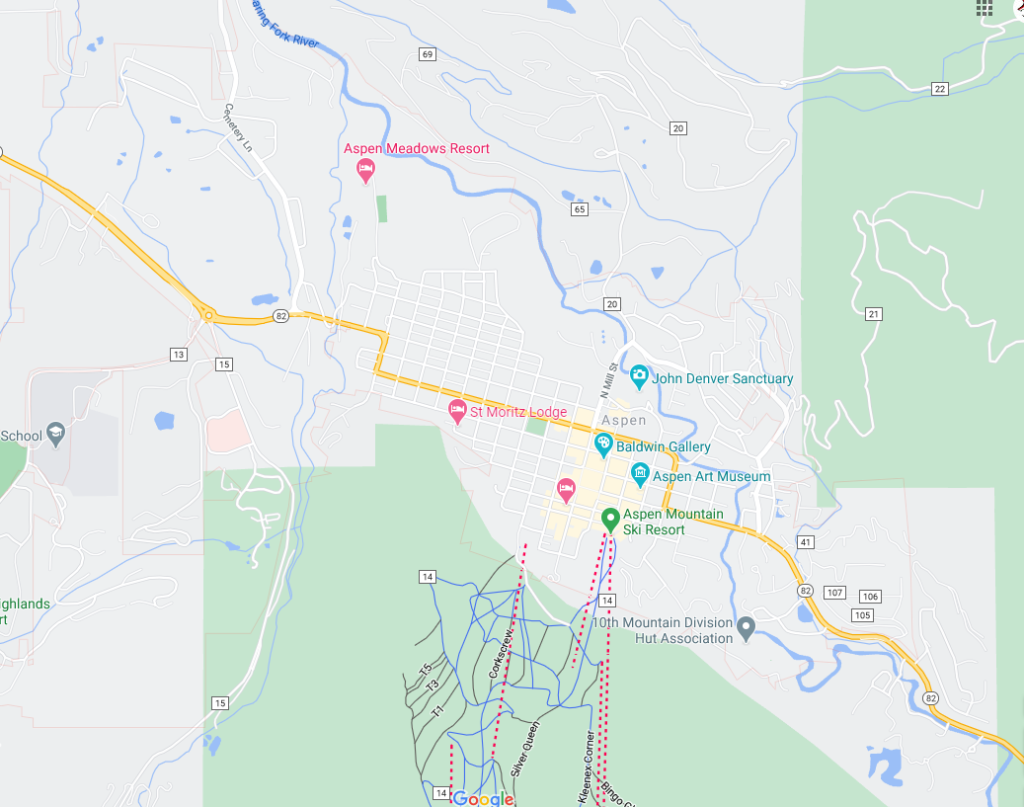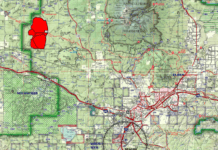
We would like to hear from readers about potential solutions for fixing the traffic problems in the Sedona area.
Backups along State Route 179 turned that road into a quagmire for residents right around the start of the first Obama administration. The narrow two-lane road lacks any connectors to alleviate pressure, so all drivers from the Village of Oak Creek to the “Y” roundabout must take State Route 179 to get anywhere beyond their neighbor’s house.

There are just a handful of religious centers, one retail shop and no restaurants between Canyon Drive and Bell Rock Trailhead, meaning any resident of the area who needs a sandwich, box of nails or an oil change must traverse State Route 179 for a good while north or south to find anything. Residents don’t want commercial zones along the highway, which is fine, but that means they have to travel elsewhere to shop, eat or buy supplies.
Other towns and cities like ours, such as Moab, Utah; Telluride, Aspen and Estes Park, Colo.; and Taos N.M., all have multiple side routes and roads for residents and visitors to navigate.
Sedona’s traffic strategy is more akin to Bisbee or Jerome, tiny towns with much smaller tourist influxes, limited to only a few ways in or out. With surrounding community areas factored in, Sedona is three times bigger than Bisbee and 35 times larger than Jerome, so it’s insane that we are managing our traffic like these old mining towns.
With all the ex-CEOs and middle managers who have retired to the Sedona area, one would think we’d have better traffic solutions than towns built by old miners who sound like Pat Buttram, Harry Carey Jr. and Dub Taylor.
My inbox routinely fills with opinions from residents who claim they used to run multi-million-dollar, Fortune 500 companies, yet our traffic plans and problems look like they were put together by someone playing SimCity or Cities: Skylines for the first time after a night at the bar.
In these other cities, drivers are not stuck on the same main routes each day, every day, for hours a week.
In West Sedona, there are enough back roads on the north side of State Route 89A and just enough back roads, cut-arounds, open parking lots and secret paths on the south of the highway to navigate when conditions are at their worst.
Yet on West State Route 89A from the Les Springs subdivision to the Brewer Road roundabout there is no detour, no path, no means to get around except driving on State Route 89A. So for 0.8 miles — 1 mile if you don’t live in Les Springs — every car in the city must be on that road. No other town our size in Arizona has such a poor design.
So, we would like to know your solutions on how to fix these perennial problems of poor design or management and compete lack of leadership by city council after city council for 20 years.
As we explored in an editorial a few years ago [“Loss of tourism creates problems, not solutions”], “stopping all tourism” is not an option. The Sedona area has five grocery stores — similarly-sized Camp Verde has one — because of the relative number of nonresidents both communities serve. Tourists fund 77% of our city’s revenue and if they went away, our city government would cease to be funded except by a property tax or drastic cuts to services, such as losing three-fourths of our police officers.
The majority of our tourist-related businesses would disappear, but shortly after that, businesses that residents who serve tourists and the rest of us use would also shutter, e.g., a restaurant may serve mainly visitors, but those waiters, cooks, busers, managers, janitors and appliance repair technicians buy clothes, groceries, tires, house paint and medical services here.
So the question is how do we deal with the actual problem of actual people in actual cars on actual roads? What new roads do we build? What alternatives do we have to get people into buses or shuttles? How do we get tourists from hotels to trails? How do we prevent parking backups without causing problems in other neighborhoods?
Email your thoughts to editor@larsonnewspapers.com. Include your name, address and phone number.
Christopher Fox Graham
Managing Editor
Compare the Towns and Cities


























